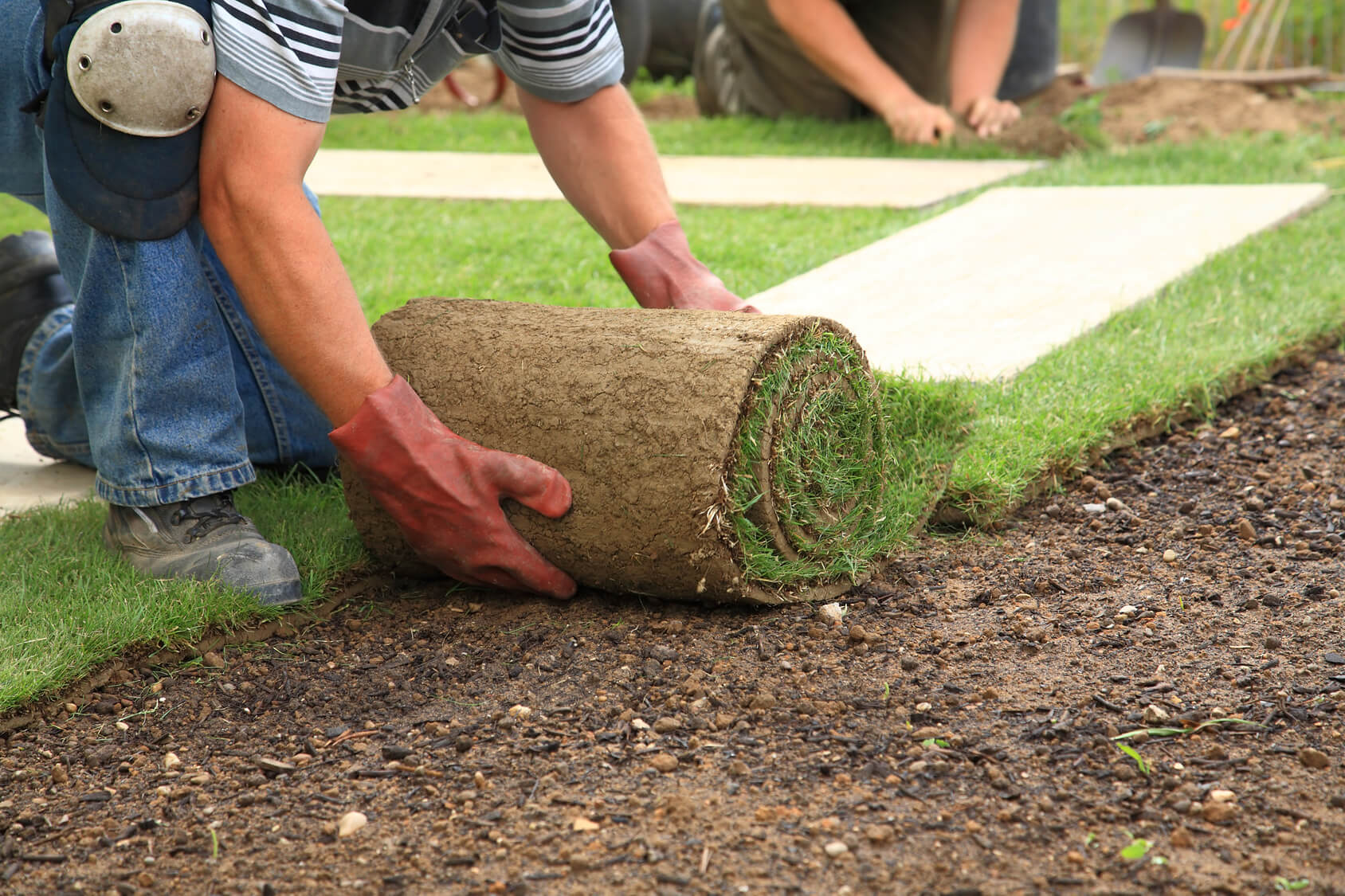
Chinch Bugs and Your Floratam Lawn
Florida lawns can be complicated environments because of the frequent warm water and moisture. This is a great benefit for keeping lawns and landscapes looking great all year long, but can also be an issue if lawns are not cared for properly or if they end up developing an insect infestation.
One of the most common insect infestations that Florida lawns see is the chinch bug. If you are discovering that your lawn has lost its usual luster or has developed strange dry or dead patches, look into the possibilities of the chinch bug and the damage it may be causing to your lawn.
What is a chinch bug?
The “chinch bug” is a small insect that is black and gray with reddish colored legs. It is a pest in southern states that thrives during the warm, damp summer months, and infestations peak in early July. In the wintertime, these pesky bugs seem to do just fine in Florida with the shelter of St. Augustinegrass. They live in and feed on this grass and therefore have no reason to leave, creating a very hostile environment that causes the grass to suffer and eventually die due to the infestation.
Who should be worried?
Damage from the chinch bug is easily identifiable because a lawn will display discolored patches, usually in a circular shape. Chinch bugs do not keep the damage they cause simple, they distribute themselves unevenly and scatter throughout any area and drain the sap from any grass they find until it withers.
If you see this damage occurring in your yard, especially in areas that may be exposed to more water or sunlight than other areas, it is likely that your yard has a chinch bug infestation. This is not ideal for homeowners who are concerned with the health and curb appeal of their home, but it can be easily handled if dealt with appropriately and efficiently.
What is the best solution?
A great deal of preventing damage caused by chinch bugs lies in choosing a sod variety that can withstand the pests and also persevere the pest treatment. Through a great deal of research and first hand experiences, it has been found that the combination of the Floratam St. Augustine sod and the correct management is the best solution for resolving the chinch bug issue in Florida lawns.
St. Augustine grass is a water-efficient turf grass that comes in several different varieties. The most popular of St. Augustine grass is the Floratam variety. It is a vigorous, coarse textured grass that is actually wider and longer than other St. Augustine grasses and has a purple stigma color. It was first released by the University of Florida and Texas A&M in 1973, and since then this grass has withstood weather and pests remarkably.
-Proper Lawn Care
Chinch bugs love to hide out in the thatch, or dead plant material found between the green tops of the grass plant and the soil below. Because of that, the most important thing to do for your lawn in general, and also to avoid any chinch bug infestations is to simply take good care of your lawn. This means mowing and fertilizing your lawn regularly to avoid thatch and keep your lawn’s appearance at it’s best. Aeration is also an excellent way to help reduce thick layers of thatch by using a lawn aeration machine to increase the decay of thatch within the soil.
-Water Effectively
All sod varieties need the appropriate levels of water to stay healthy and looking their best. But as it turns out, too little or too much water also can cause chinch bug problems. They love hot, dry environments, therefore drought-stressed lawns are the perfect homes for chinch bugs. However, over-watering an area deprives the soil of oxygen and thatch cannot decompose properly, again providing a welcoming home for chinch bugs. Finding a balance of effectively watering your lawn so that it is under-watered and over-watered as little as possible creates an environment that will prevent chinch bugs.
-Insecticides
This should always be the last resort, as the more chemicals applied to your lawn create more problems when it comes to maintaining the most healthy lawn possible. If your lawn is having trouble shaking its chinch bug issue, you may want to consider adding an intesticide to the mix to try and reduce the population. However, too much intesticide can actually increase the numbers because it may kill off other varieties of insects that feed on chinch bugs. The Florida lawn can be a temperamental environment, so experimenting with varieties of insecticides may be the perfect solution or it may have a reverse effect.